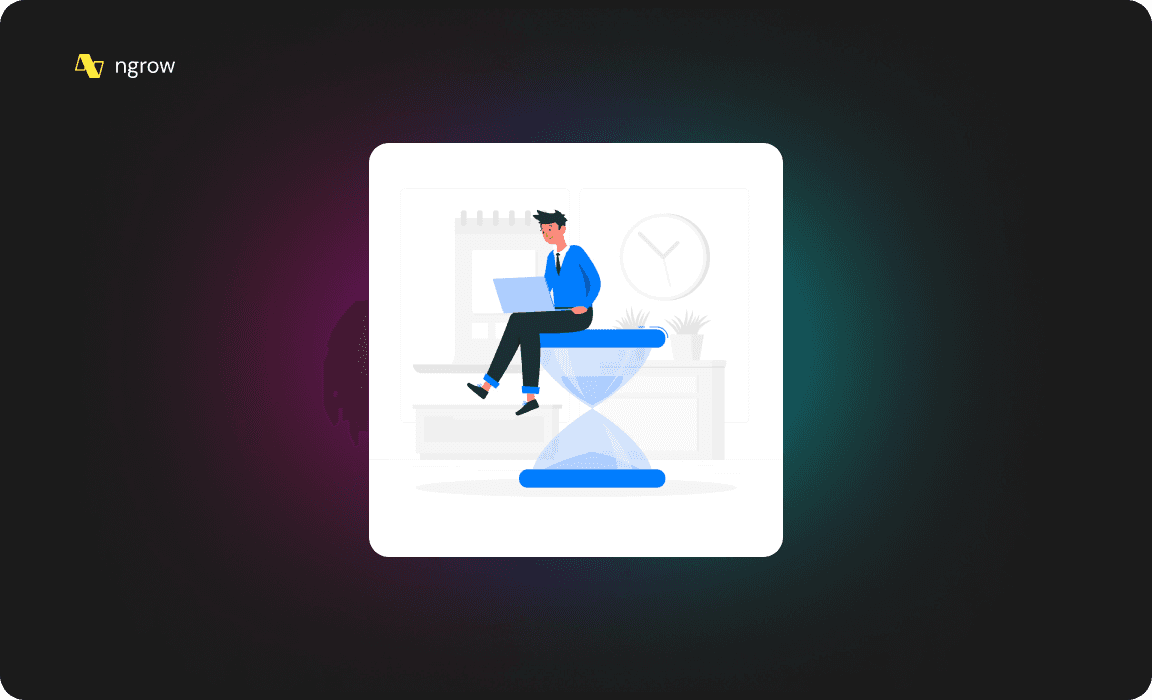3
min to read
Jun 11, 2024

The Impact of Timing and Frequency in Push Notifications
Push notifications have become a crucial tool for mobile app developers to engage with their users and keep them coming back. With the rise of mobile devices, push notifications have become a key channel for apps to communicate with their audience, increase user retention, and drive revenue. However, crafting effective push notification campaigns can be a daunting task, especially with the ever-changing preferences and behaviors of users. In this article, we will explore the impact of timing and frequency in push notifications and provide tips on how to determine the optimal timing and frequency for sending push notifications.
The Importance of Timing
Timing is everything when it comes to push notifications. Sending push notifications at the right time can make all the difference in terms of engagement and conversion rates. Here are some reasons why timing is crucial:
User Engagement: Timing plays a significant role in user engagement. Sending push notifications at the right time can increase user engagement and encourage users to interact with the app.
Conversion Rates: Timing can also impact conversion rates. Sending push notifications at the right time can increase the likelihood of users taking desired actions, such as making a purchase or completing a task.
User Retention: Timing can also impact user retention. Sending push notifications at the right time can help keep users engaged and coming back to the app.
The Importance of Frequency
Frequency is another crucial aspect of push notifications. Sending push notifications too frequently can lead to user fatigue and decreased engagement, while sending them too infrequently can lead to users forgetting about the app. Here are some reasons why frequency is important:
User Engagement: Frequency can impact user engagement. Sending push notifications too frequently can lead to user fatigue, while sending them too infrequently can lead to users forgetting about the app.
Conversion Rates: Frequency can also impact conversion rates. Sending push notifications too frequently can increase the likelihood of users taking desired actions, while sending them too infrequently can decrease the likelihood of users taking desired actions.
User Retention: Frequency can also impact user retention. Sending push notifications too frequently can lead to user fatigue and decreased retention, while sending them too infrequently can lead to users forgetting about the app.
Determining the Optimal Timing and Frequency
Determining the optimal timing and frequency for sending push notifications can be a challenging task. Here are some tips to help you determine the optimal timing and frequency:
Analyze User Behavior: Analyze user behavior to determine when users are most likely to engage with the app. This can include analyzing user behavior, such as when users are most active, when they are most likely to make a purchase, and when they are most likely to complete a task.
Use A/B Testing: Use A/B testing to determine the optimal timing and frequency for sending push notifications. This can include testing different timing and frequency combinations to see which one performs best.
Monitor User Feedback: Monitor user feedback to determine when users are most likely to engage with the app. This can include monitoring user feedback, such as ratings and reviews, to determine when users are most satisfied with the app.
Use Analytics Tools: Use analytics tools to determine the optimal timing and frequency for sending push notifications. This can include using analytics tools, such as Google Analytics, to track user behavior and determine when users are most likely to engage with the app.
Case Study: Qure Trading App
Qure, a popular trading and investments app, used analytics tools to determine the optimal timing and frequency for sending push notifications. By analyzing user behavior and monitoring user feedback, Qure determined that sending push notifications during peak trading hours (9am-5pm) and at a frequency of once per day resulted in the highest engagement and conversion rates.
Conclusion
Timing and frequency are crucial aspects of push notifications. By determining the optimal timing and frequency for sending push notifications, you can increase user engagement, conversion rates, and user retention. Remember to analyze user behavior, use A/B testing, monitor user feedback, and use analytics tools to determine the optimal timing and frequency for sending push notifications.



